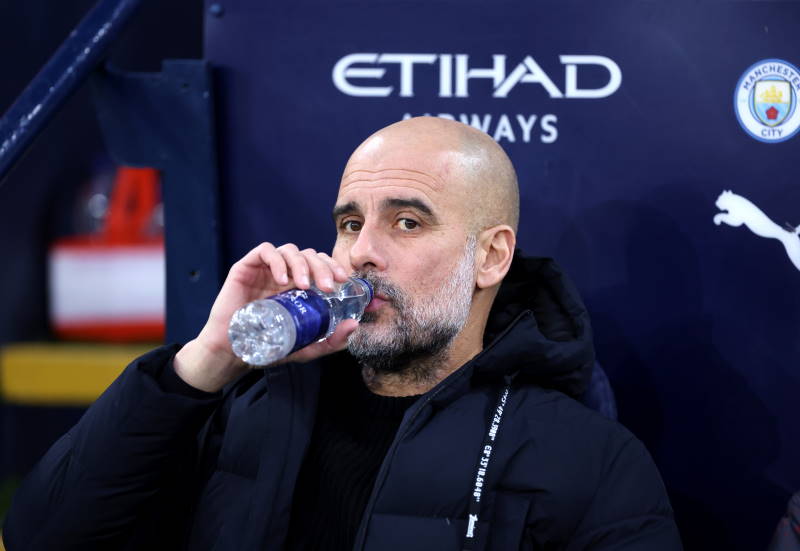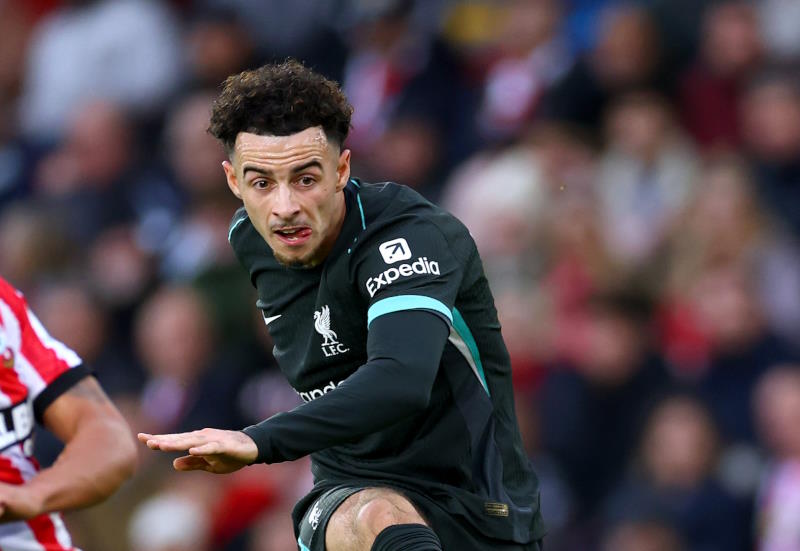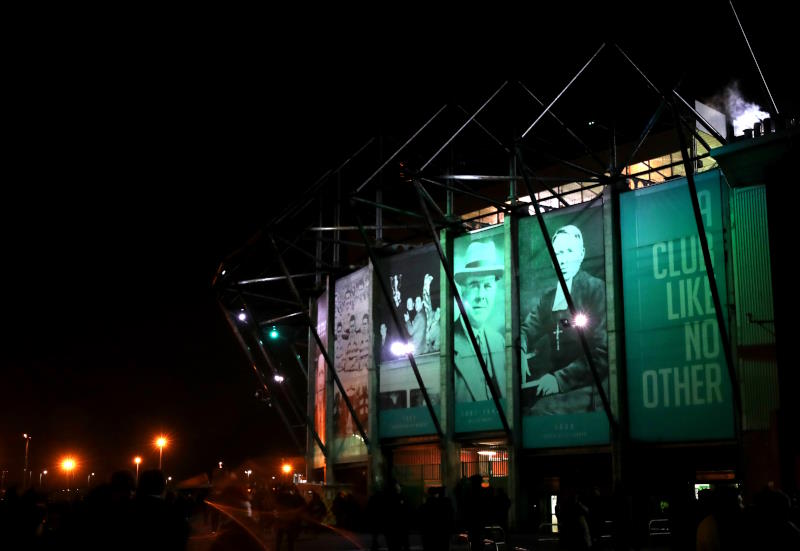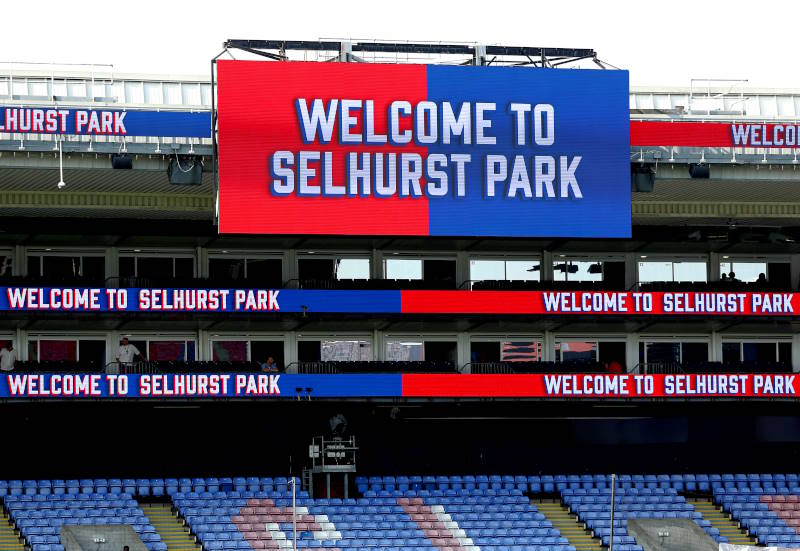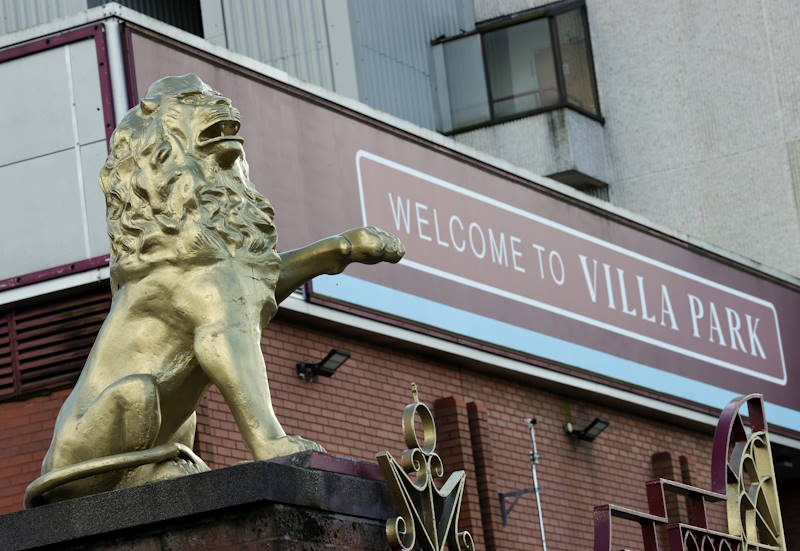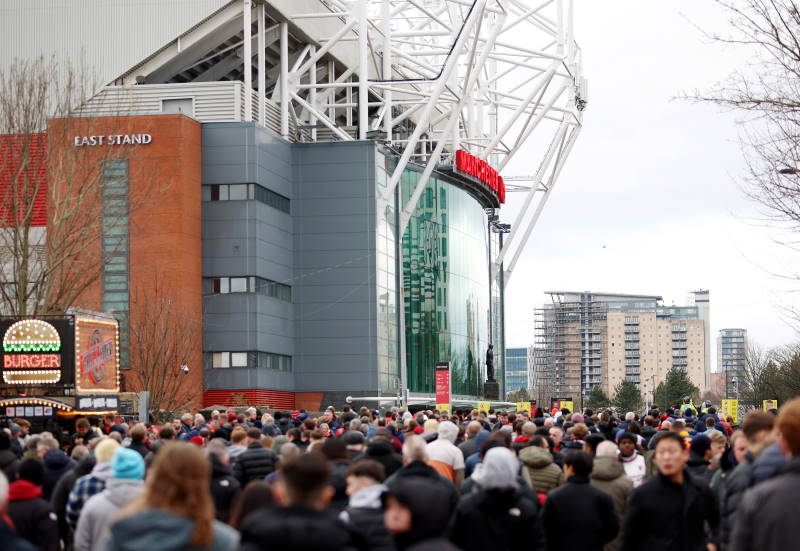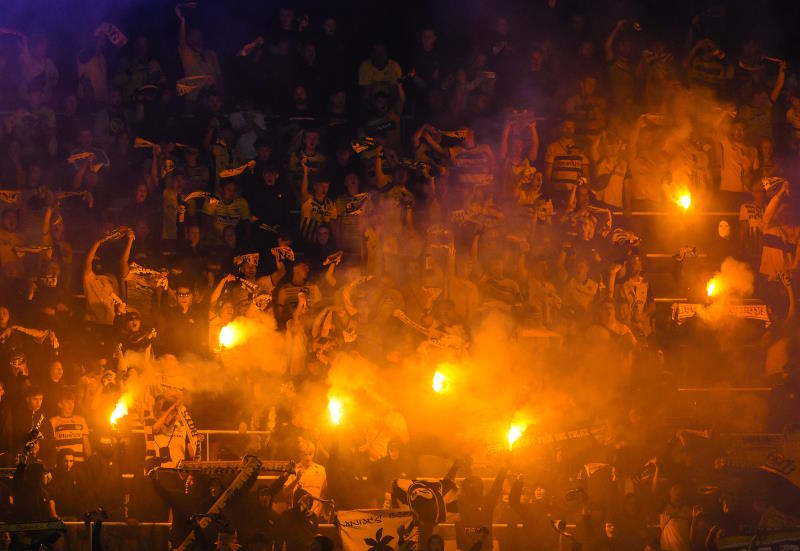
G. Longden
Rarely has a season been open to such radically different interpretations as Liverpool’s 2011/12 campaign. The Merseyside giants have suffered their worst league run for 58 years, a spell that eclipses even the dark days of the Roy Hodgson era last season. Yet simultaneously, the English League Cup has been won, providing Liverpool’s first silverware for over half a decade; in the process European football for next year has been secured and a historic domestic cup double is only two games away with the Reds in the FA Cup semi-final. Current manager Kenny Dalglish maintains that progress has been made, however siren voices on the Kop are less convinced.
Success in football is measured in silverware. The record books do not tell the story of how honours were won, simply that they were. And the English FA Cup and League Cup double is a surprisingly rare achievement. Only Jose Mourinho at Chelsea, George Graham at Arsenal and Gerard Houllier at Liverpool have managed the feat in half a century. That Dalglish should be so close in his first full season in charge is historically remarkable, but the Premier League tells a different story.
An abject run since Christmas has seen Liverpool slump to second bottom in the Premier League form guide. The Reds are 36 points off first place after 32 games, and only 15 points off the relegation zone. Only eight clubs have scored fewer league goals; Blackburn and Norwich are amongst those who have scored more. At the newly promoted Canaries, Grant Holt, signed for just £400,000, has scored ten times, as many as Liverpool strikers Luis Suarez and Andy Carroll combined, the pair having been bought for a total of £57M.
Much of the current criticism being levelled depend largely upon which yardstick should be used now to judge Liverpool. Is it the historic one of serial league title and European Cup winners? Or is it a more modern measure of a side which has not won the English championship for two decades, whose ground does not make the top 60 in European football stadia by capacity, and whose average home attendance is outside the top 20?
Houllier’s 2001 treble and Rafael Benitez’ 2005 Champions League win in the early years of the 21st century offered hope to the Liverpool legions that the good times were back to stay. Both managers were though ultimately unable to deliver on those dreams, not because of their own shortcomings, but because the club they managed had failed, and continues to fail, to successfully modernise.
After the trauma of Hillsborough came the paralysis of chairman David Moores’ regime. As rival clubs started to act on the opportunities that the embryonic Premier League had to offer, on and off the pitch, the Anfield boardroom fiddled and twiddled. That culminated in Moores admitting that he no longer had the money to compete head-to-head with his erstwhile rivals. The sale of Liverpool to American businessmen George Gillett and Tom Hicks was disastrous; the fact that the debt that the club was saddled with was roughly equivalent to the cost of a new stadium, but with nothing to show for it, was a sickening coda to Moores’ tenure as chairman.
The moral, footballing and near financial, bankruptcy of the Gillett and Hicks era prepared much of the ground for where the club is now. Global financial meltdown scuppered any prospect of a new stadium as Liverpool retreated into survival mode, abandoning one of the world’s most highly regarded coaches, in the form of Benitez, and in the process, all hope of a coherent strategy. Roy Hodgson represented the nadir of that cycle.
Fenway Sports Group (FSG) undoubtedly saved Liverpool; there were no other credible buyers. The alternative to Gillett and Hicks when they bought the club, Dubai International Capital, were no longer in the market. The club was, and is, not quite as attractive a proposition as has widely been imagined. FSG’s first move, to appoint a director of football (Damien Comolli), made sense. The new American owners needed their own man on Liverpool’s board and someone to explain the game to them. Removing a beleaguered Hodgson, who had been left with the cumulative sins of the previous regime, was inevitable and popular. Appointing Dalglish to replace him was answering the fans’ calls, but at the same time a far higher risk than acknowledged.
At a stroke, the director of football rationale was undermined. Comolli had previous experience in scouting at Arsenal, a turbulent time as a director of football at Tottenham Hotspur under knowledgeable chairman Daniel Levy, and had been a sporting director at Saint-Etienne, but Liverpool was a big step up to a position where he was the senior football authority. Comolli was faced with being responsible for arguably the Merseyside club’s greatest ever playing legend, and a man who sits within the pantheon of Liverpool’s managerial greats. What could Comolli tell Dalglish about winning league titles as a player and manager, about European triumphs, about Liverpool as a city and football club? Nothing.
Dalglish had been out of the trenches for a decade, and having a street smart and experienced football administrator to assess the deals, then effect them, made much sense. Yet in practice the early signs have not been encouraging. Suarez had been tracked by Liverpool for several months. Comolli’s opening bid was considered below par and instantly rejected by Ajax; it also alerted other clubs to the player’s availability, resulting in the final sale price being a little over £22M. On appointment, much had been made by FSG of Comolli’s role in securing value in the transfer market and implementing a sustainable long term strategy. The books Moneyball by Billy Beane and Sabermetrics by Billy James, both related to the American sport of baseball, became essential reading at Anfield.
Yet as soon as Fernando Torres decided that the new regime was not a significant improvement on the last, and left for a generous £50M, all the professed good intentions of the new owners went out of the window. Behaving with all the restraint of a drunken sailor, Liverpool splashed out £35M on striker Andy Carroll, tripling his wages. This for a player that Newcastle had valued the previous summer at £2M and who had potential, but limited Premier League experience. By contrast, Newcastle banked the £35M and signed Demba Ba on a free transfer – by early April, Ba had scored more Premier League goals than Liverpool trio Carroll, Suarez and Craig Bellamy combined.
Dalglish inherited a league of nations side which Benitez once so finely honed that it had looked to be a factionalised nest of vipers. The new manager’s desire to restore a British core was understandable, but the price that the club paid to secure it less so. Winger Stewart Downing, young midfielder Jordan Henderson and Scottish schemer Charlie Adam are proven Premier League performers, yet by a process of reverse osmosis the team has taken on more the characteristics of Aston Villa, Sunderland, and Blackpool – the three clubs the new arrivals were bought from – than of Liverpool greatness. It has been argued that these players were not bought as Champions League stars, but to get the club to the Champions League, and that Europa League football is a step in the right direction. Whether FSG are prepared to shell out another £110M, the gross amount spent so far, again to secure further progress is another matter however.
What is most perplexing about Dalglish’s signings is less their nationality and transfer value, but more the tactics. If an English manager sets out to recruit a typical “big man” type forward in Carroll, it would appear natural to play “little man” Suarez alongside him for the knock-downs, generating shades of former Liverpool legendary strikers John Toshack and Kevin Keegan. While Jose Enrique, Maxi Rodriguez, Glen Johnson, Downing, Steven Gerrard and Adam all excellent crossers of the ball, the blueprint seems obvious – yet it is not played. If an attacking game centred around a “big man” is not on the agenda, fans are well within their rights to question the motivation behind Carroll’s recruitment.
And so, the buzz is that ‘surely questions are being asked by FSG?’ Such an inquest into Liverpool’s poor Premier League performance is under way, but FSG know little about football. Comolli is boxed in by both his junior footballing credentials to Dalglish and his part in securing, negotiating and authorising those same transfers which are being questioned.
The spotlight may then fall upon Ian Ayre, Liverpool’s CEO, whose previous experience in that position was at lower league Huddersfield Town. On arrival FSG declared a search for a world class CEO would begin with Jose Angel Sanchez, now general manager of Real Madrid, top of the list, closely followed by big beasts David Dein (former Arsenal vice-chairman), Brian Barwick (former English Football Association CEO) and Peter Kenyon (ex-Manchester United and Chelsea CEO). Instead, FSG appointed Ayre as their place man. Good commercially, he was always on the back foot tackling the detail and public relations of the Suarez race controversy and FA tribunal. Internally, Liverpool appear poorly constructed.
Despite this, there is cause for optimism. A Liverpool side with talismanic captain Gerrard, Danish international defender Daniel Agger, England right back Johnson and Uruguayan talent Suarez ever-present would surely have produced better results. A domestic cup double would be historic, a successful Europa League campaign next season could provide a valuable platform for future Champions League success, and FSG will spend again. And no one can better Dalglish for his feel for the zeitgeist of the club or city.
But against the present backdrop, an FA Cup win is no foregone conclusion, despite lavish spending. And there is no guarantee that any fresh transfer market splurge will have a more immediate impact than the last. As the end of season looms Liverpool Football Club are at a crossroads.


